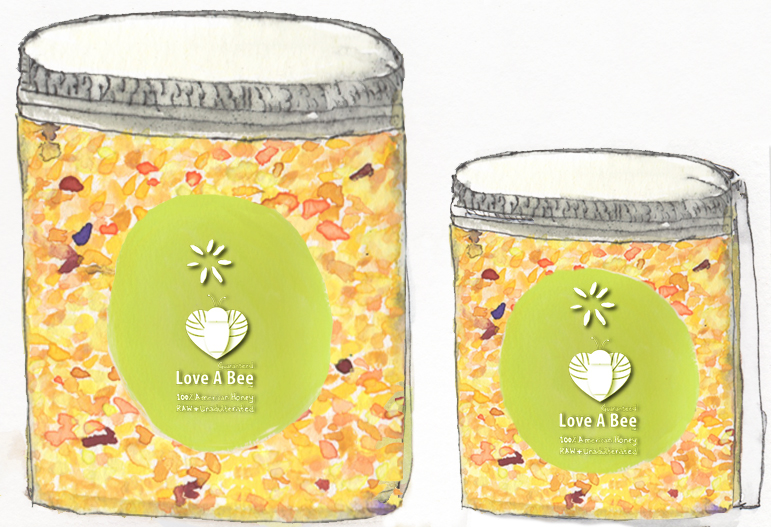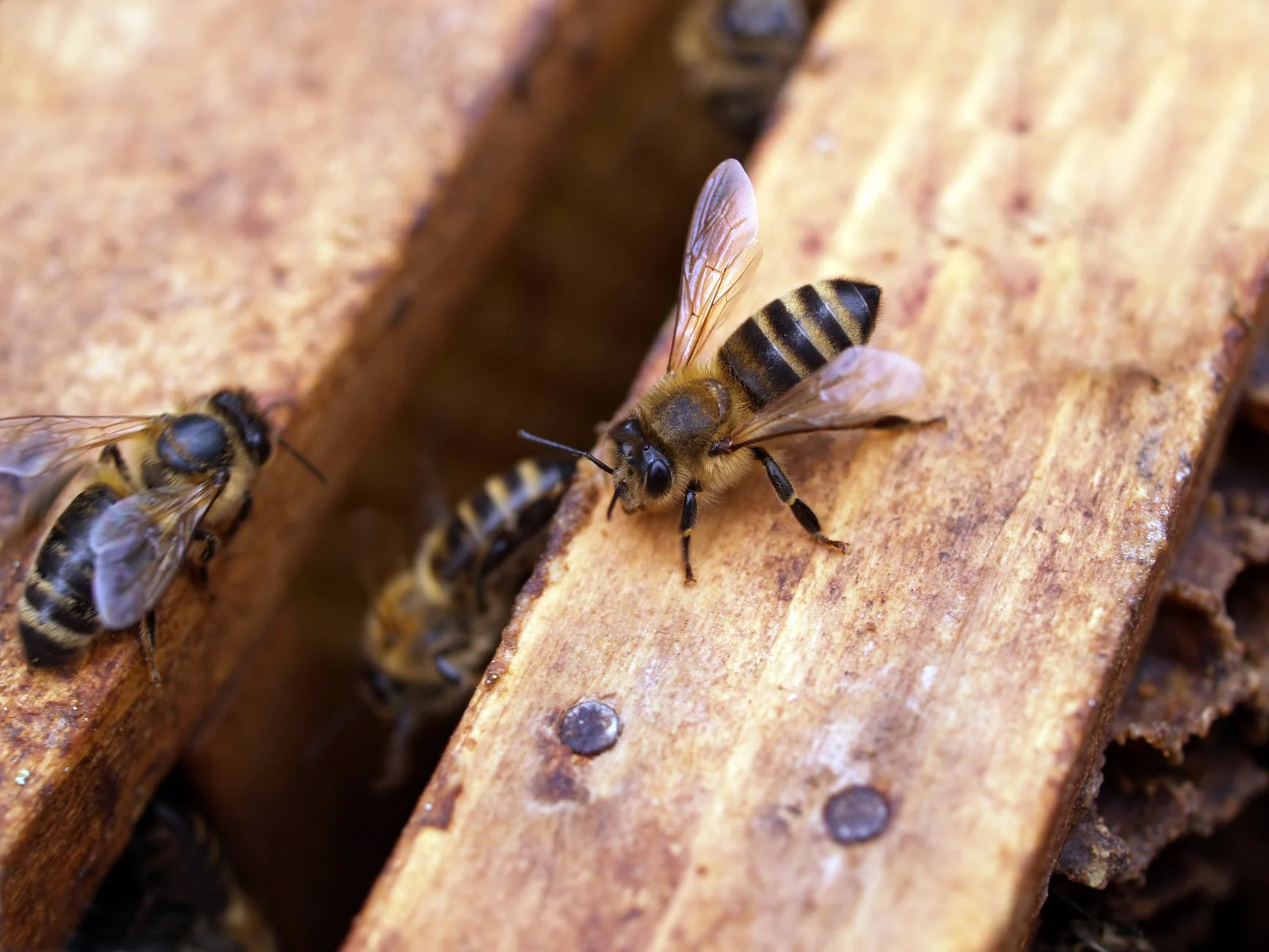Want to know more about bees, honey or pollen? Hungry to learn more about sustainability and the environment? Scroll through the Buzz for an assortment of articles touching many aspects of bees and honey!
Why should I take the time to taste honey?
Great question! The short answer is: if you want to taste the earth and sky of an area, then taste its honeys! You’ll be rewarded with a true taste of the diversity and goodness that the soil produces.
Bee Pollen is frequently called "the perfect food" as it contains all of the essential amino acids and many vitamins and minerals. Bee Pollen is the food of the young bee and it is approximately 40% protein. It is considered one of nature's most completely nourishing foods. It contains nearly all the nutrients required by humans. About half of its protein is in the form of free amino acids that are ready to be used directly by the body. Such highly assailable protein can contribute significantly to one's protein needs.
When I’m at farmer’s markets selling Love A Bee honey, I often get questions like this:
Customer: Is this local honey? It has to be from around here – I need local pollens because they help with my allergies.
Me: Firstly, I’m glad to hear that honey is helping with your allergies! Raw honey is a wonderful food but if you’re wondering how it helps, there’s no scientific evidence that says that eating local honey will reduce your allergies. Any benefit you’re getting is almost certainly the placebo effect — but if you’re getting a benefit, that’s all good! As for local honey, go ahead — try our raw Bodega Bay honey here – It’s delicious!
For a more detailed answer, try this article from Popular Science: https://www.popsci.com/local-honey-allergies.
Wait, the Superbowl of bees? Bees don’t play football? You’re right! But while you wont see a hive of bees in a pre-game huddle, you will see them preparing for their own big game, California’s almond pollination!
Have you ever wondered how bees know what flowers to visit? In short, the answer is light.
Did you know that bee pollen contains almost all of the nutrients required by the human body to thrive? That’s why the German Federal Board of Health has officially recognized it as a medicine. Explore all the holistic benefits that bee pollen can deliver.
An excerpt from John Muir, who’s considered one of the country’s most influential naturalist’s. Embrace his poetic take on California, and the honey it produces.
It’s no secret that the bee population is dwindling. But why are they declining? Why should we care? And how can we help?
A concern for high sugar levels doesn’t have to mean just cutting out sugar cold turkey. A more practical and beneficial option is to swap out refined sugars with natural sweeteners, such as honey.
What’s the future of bees? As mid-western land use shifts, it’s necessary that we consider the implications for our honey making friends, the bees.
When South Carolina bees are suddenly dropping like flies, beekeepers are scrambling to understand this sudden phenomena. The answer? Pesticide poisoning.
New research published today has identified the most serious future threats to, but also opportunities for pollinating species, which provide essential agricultural and ecological services across the globe.
Learn the tips that novice beekeepers need to know, to maintain thriving hives in the comfort of their own backyard.
A healthy bee population requires means of reproduction. Learn how U.S. regulated insecticides can effect male bee’s ability to successfully reproduce.
It’s fab, it’s new, and the honey flows straight into the jar. It’s so easy. But then, powdered instant potato is easy, too. Does that make it a good idea?
Despite my mission to focus on positivistic messages of change, at Milkwood we’ve got a charter of calling it like we see it.
And to call yet another plastic beehive addition which does not benefit the bees but only the beekeeper… what it is.
We’ve seen a lot (like, a LOT) of media about the Flow Hive ™ in this last week and after a few hundred questions about what we think of it, we thought we’d spell it out.
The basic innards of the Flow Hive™ system seem to be sets of plastic half-built comb, which face each other, and which the bees then finish off and connect up, fill with honey, and cap.
Then, when the beekeeper is ready, they turn a key, the two plastic hive foundations crack apart, the honey flows out down a channel and out a spout, into the jars provided below.
Is it good for the backyard beekeeper looking for a trophy moment? Heck yeah. The effect of the honey drizzling out looks great, and has caught imaginations world-wide.
SAVE THE BEES. Because anything (like, anything) that has to do with bees, or that uses bees, is good for the bees. Right?
Actually, no. Not so much.
Bees want to build their own wax comb. It’s part of the bee superoganism. The wax is literally built from their bodies.
The comb is the bee’s home, their communication system (which doesn’t work nearly as well if it’s made from plastic rather than bee-drawn wax, as discussed in Tautz), and functions as a central organ.
The comb is the bee’s womb – it’s where they raise their brood.
And given a choice, bees do not want a pre-built plastic womb, home or larder, any more than we would.
It’s the birthright of bees to build comb.
Israel, on the other hand, anticipated these consequences years ago.
“We understand the danger, we understand all the implications, that this affects the quality of food,” says Yuval Lin, owner of Lin’s Bee Farm in Kfar Bilu in central Israel.

















